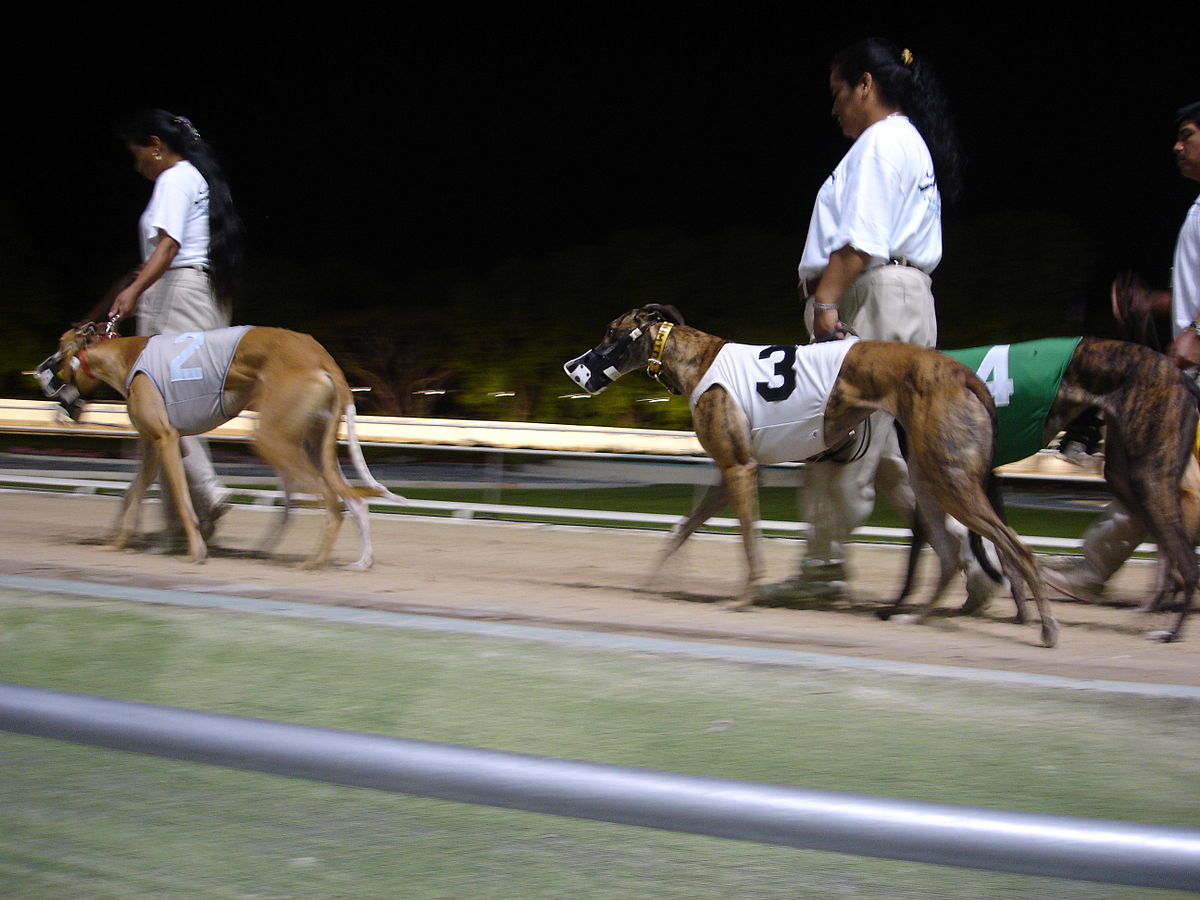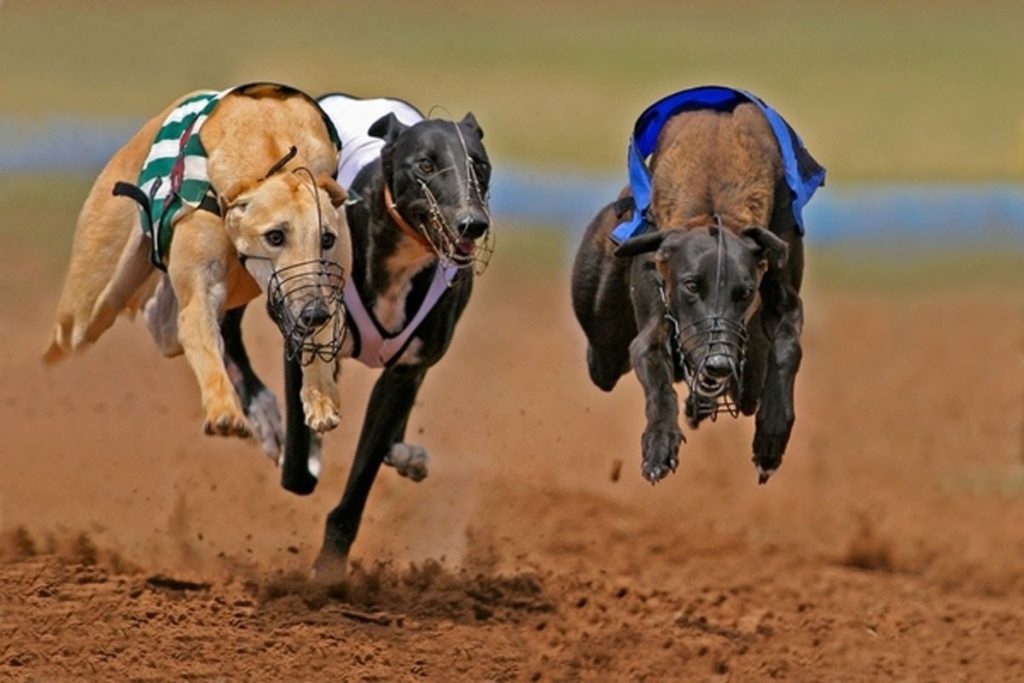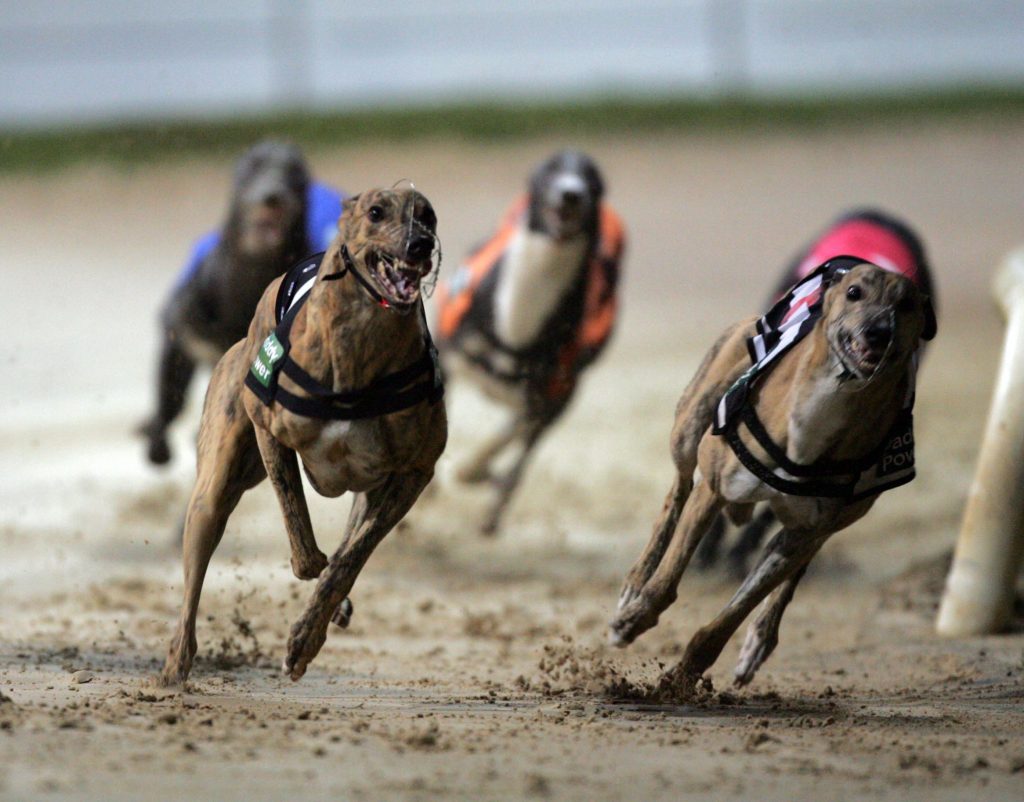
Betting on dog racing, as well as on horse racing, is a long tradition. There are hardly fewer fans of these competitions than fans, for example, of tennis. Dog racing continues to be one of the classic entertainment for gamblers, and if you are also interested in the peculiarities of betting on this sport, our material will help you understand the basic principles of such betting.
How Dog racing works

First, a few words about the competitions themselves. Before the start of the race, dogs are dressed in special vests with numbers and placed in booths at the starting line. There are six kennels with dogs in them. When the signal is given for the start of the race, all six boxes are opened simultaneously and the dogs start chasing the mechanical hare, which is moving on a parallel course. The sequence of the dogs on the track from left to right is determined by lot, as well as taking into account where the dog is more accustomed to run.
The name of the race specifies a particular class. Usually letters of the Latin alphabet and numbers are used for this. They help navigate the overall length of the distance and its difficulty.
Types of bets
At dog races, you can bet not only on the winner, but also on other options. Among them:
- A dog’s finish in the prize trio;
- Betting that a particular dog will not finish in first place;
- A dog’s first or second place finish;
- Predicting both the winner of the race and the second- and third-place animals;
- Winning a dog in two consecutive races;
- Winning a race by one of several selected dogs.
Betting on dog races: secrets and tactics

The first thing you need to do before betting on dog racing is to read a considerable body of literature on the subject. It is about how to determine the strongest dog that is a potential winner, what criteria are used to determine the favorite, who and how prepares the animals, and what factors influence this. Analysis is no less important here than in soccer or tennis. It is necessary to understand physiology and psychology of dogs and it is not so easy for the beginners in this sphere.
Dog racing is loved not at all for its predictability, but for high odds. Odds on the favorite are usually over 3.0, and quotes up to 5.0-7.0 are considered passable. And, of course, no one cancelled the possibility of some cosmic odds over 100.0. Such are available here on a regular basis.
Bets on the dog races
Starting your way in the path of betting on the dog races, try to analyze the strength of the participants in the race on the basis of basic statistical summaries and related factors. The following are advised to take into account:
- The age of the dog. The optimal age of the animal at which the best speed is demonstrated is 3-4 years old.
- The results of previous races performed by the dog. This will allow you to understand whether the dog likes to run the specific distance taken. There are some animals that are better at running long distances, and some that like short distances better. Determine the average time it takes for your dog to cover the distance and compare it to that of competitors in the race.
- Location of the dog on the track. Most animals have a “custom” lane where they perform best. If the dog you choose is in “his” lane, you can hope that he will get an extra advantage in the race.
- Pre-race odds movement. In dog racing, a lot of information about a dog’s condition appears to insiders just before the race begins. Therefore, bookmakers react to this with periodic noticeable movements of odds even before the start of the race. If the odds on this or that dog began to rise sharply before the start of the race, it is certainly not a good sign.
Of course, you must also count the probabilities in your favor, but in the first place comes the ability to accurately capture the tendencies of the dog to peak form, its preferences for the distance and location on the track and similar small, it would seem, details that have a direct impact on the outcome of the race.
